Hubble's View of Hickson Compact Group 31

stsci_2010-08b February 18th, 2010
Credit: NASA, ESA, S. Gallagher (The University of Western Ontario), and J. English (University of Manitoba)
In this image, taken by NASA's Hubble Space Telescope, four dwarf galaxies have waited billions of years to come together, setting off a fireworks show as thousands of new star clusters come to life. The distorted galaxies are quickly producing massive, hot, young stars that are pumping out ultraviolet radiation, heating up surrounding gas clouds, and causing them to glow. Members of Hickson Compact Group 31, they are relatively nearby, only 166 million light-years away. The bright, distorted object at middle, left, is actually two colliding dwarf galaxies. Myriad star clusters have formed in the streamers of debris pulled from the galaxies and at the site of their head-on collision. The cigar-shaped object above the galaxy duo is another member of the group. A bridge of star clusters connects the trio. A long rope of bright star clusters points to the fourth member of the group, at lower right. The bright object in the center is a foreground star.
Provider: Space Telescope Science Institute
Image Source: https://hubblesite.org/contents/news-releases/2010/news-2010-08
Curator: STScI, Baltimore, MD, USA
Image Use Policy: http://hubblesite.org/copyright/
 Color Mapping
Color Mapping
| Telescope | Spectral Band | Wavelength | |
|---|---|---|---|

|
Hubble (ACS) | Optical (B) | 435.0 nm |

|
Hubble (WFPC2) | Optical (B) | 439.0 nm |

|
Hubble (WFPC2) | Optical (V) | 555.0 nm |

|
Hubble (ACS) | Optical (V) | 606.0 nm |

|
Hubble (WFPC2) | Optical (R) | 675.0 nm |

|
Hubble (ACS) | Optical (I) | 814.0 nm |

|
Hubble (WFPC2) | Optical (I) | 814.0 nm |

|
Spitzer (IRAC) | Infrared | - |

|
GALEX (NUV Imaging Channel) | Ultraviolet | - |
| ACS:August 8, 2006;WFPC2:October 7, 1995;Spitzer:February 22, 2005;Galex:December 27, 2004 | |||









- ID
- 2010-08b
- Subject Category
- C.5.1.7
- Subject Name
- Hickson Compact Group 31, HCG 31
- Credits
- NASA, ESA, S. Gallagher (The University of Western Ontario), and J. English (University of Manitoba)
- Release Date
- 2010-02-18T00:00:00+00:00
- Lightyears
- 166,000,000
- Redshift
- 166,000,000
- Reference Url
- https://hubblesite.org/contents/news-releases/2010/news-2010-08
- Type
- Observation
- Image Quality
- Good
- Distance Notes
- 166 million light-years (51 million parsecs)
- Facility
- Hubble, Hubble, Hubble, Hubble, Hubble, Hubble, Hubble, Spitzer, GALEX
- Instrument
- ACS, WFPC2, WFPC2, ACS, WFPC2, ACS, WFPC2, IRAC, NUV Imaging Channel
- Color Assignment
- Blue, Blue, Green, Green, Green, Red, Red, Orange, Purple
- Band
- Optical, Optical, Optical, Optical, Optical, Optical, Optical, Infrared, Ultraviolet
- Bandpass
- B, B, V, V, R, I, I
- Central Wavelength
- 435, 439, 555, 606, 675, 814, 814
- Start Time
- 2006-08-08T00:00:00, 1995-10-07T00:00:00, 1995-10-07T00:00:00, 2006-08-08T00:00:00, 1995-10-07T00:00:00, 1995-10-07T00:00:00, 2006-08-08T00:00:00, 1995-10-07T00:00:00, 2006-08-08T00:00:00, 2005-02-22T00:00:00, 2004-12-27T00:00:00
- Integration Time
- Dataset ID
- Notes
- A
- Coordinate Frame
- ICRS
- Equinox
- J2000
- Reference Value
- 75.4153300, -4.2728769
- Reference Dimension
- 2514.0, 1940.0
- Reference Pixel
- 1258.0, 971.0
- Scale
- -1.96157e-05, 1.9615685e-05
- Rotation
- 110.16
- Coordinate System Projection:
- TAN
- Quality
- Full
- FITS Header
- Notes
- WCS retrieved using CXCs PinpointWCS
- Creator (Curator)
- STScI
- URL
- http://hubblesite.org
- Name
- Space Telescope Science Institute Office of Public Outreach
- outreach@stsci.edu
- Telephone
- 410-338-4444
- Address
- 3700 San Martin Drive
- City
- Baltimore
- State/Province
- MD
- Postal Code
- 21218
- Country
- USA
- Rights
- http://hubblesite.org/copyright/
- Publisher
- STScI
- Publisher ID
- stsci
- Resource ID
- STSCI-H-p1008b-f-2514x1940.tif
- Resource URL
- https://mast.stsci.edu/api/latest/Download/file?uri=mast:OPO/product/STSCI-H-p1008b-f-2514x1940.tif
- Related Resources
- http://hubblesite.org/newscenter/archive/releases/2010/08
- Metadata Date
- 2022-07-06T00:00:00
- Metadata Version
- 1.2
Detailed color mapping information coming soon...








